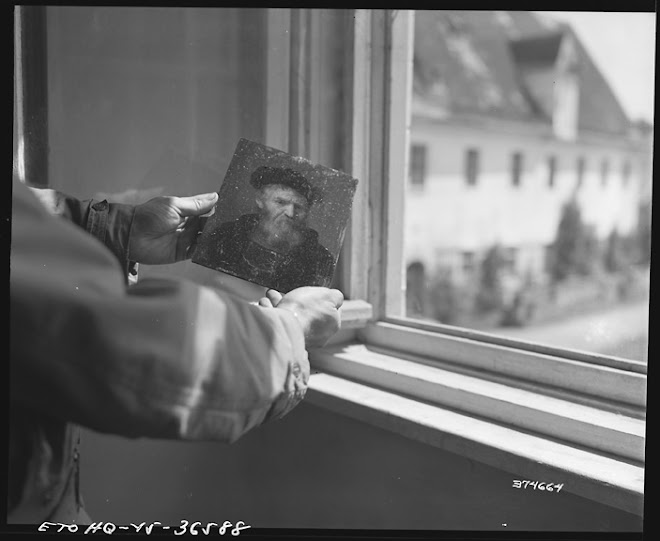In California's Norton Simon Museum hang a pair of rare masterpieces. The long, thin vertical panels depict the biblical moment of the fall of man--a nude Adam clutches an apple, while a sinuous Eve reaches up to grasp a branch of the Tree of Knowledge. The paintings, by German master Lucas Cranach the Elder, have a past that span from the Reformation to the Russian Revolution, through to the Nazi takeover of Holland. Today, they are at the heart of a debate raging in California over how long claims can be made for the restitution of Nazi looted art.
The story of the paintings raises two important issues pertaining to Nazi looted art: the critical challenge of establishing provenance for artwork, and whether a statute of limitations should exist for Holocaust-era claims.
Over the past week, the LA Times has run several articles on the paintings and the debate. The most recent, published on August 22nd, explains the mysterious past of the paintings' most clearly. The Cranachs belonged to the collection of an eminent Dutch art dealer named Jacques Goudstikker. In 1940, Goudstikker, a Jew, fled Amsterdam as the Nazis invaded Holland, forced to leave his collection behind. Hermann Goering, second in command to Hitler, "purchased" the Cranachs and most of Goustikker's collection. After the war, the Cranachs were recovered by the Allies and returned to the Dutch government, with the hope that they could then be retituted to their rightful private owner, as according to Allied policy. In fact, in 1966, the Cranachs were resituted--but not to the Goudstikker family. Instead, the paintings were claimed by a Russian-American man named Stroganoff Scherbatoff.
Goudstikker had purchased the paintings in 1931 at an auction billed as coming from the "Stroganoff Collection Leningrad." The auction was actually held by the Russian state, to raise funds for its impoverished government. The Russian state had apparently siezed the artwork in the sale from the wealthy Stroganoff family in 1917, when the family fled during the Bolshevik Revolution. But though included in the sale, in fact there is no evidence that the Cranachs actually ever belonged to the Stroganoffs. Evidence suggests that they may have come from another source, and been added to the sale to lend it legitimacy.
Whether the paintings ever belonged to the Stroganoffs is central to the Norton Simon's claim for rightful ownership to the paintings. Because after recovering the paintings in 1966, Stroganoff Scherbatoff sold the paintings to Norton Simon, founder of the Norton Simon Museum. If he was the rightful owner, then the sale to Norton Simon was legal.
But Goudstikker's heir, Marei Von Saher of Connecticut, believes the Goudstikker family is the rightful owner, having legally purchased the paintings in 1931, and then having them confiscated by Goering. In 2006, the Dutch government openly acknowledged Goudstikker's "involuntary loss of possession" of his collection, and returned 202 objects the Dutch government had long held to Von Saher. Von Saher sued for rightful ownership of the Cranach paintings in 2007.
While the artworks' uncertain provenance complicates the restitution, whether the Goudstikker family will ever receive compensation for artwork they once owned may come down ultimately to legal technicalities. The US 9th Circuit Court of Appeals ruled last week that a California law extending the Statute of Limitations for claims on Holocaust-era looted artwork was in fact unconstitutional. The judges' reasoning was that the California law impinged on federal powers.
Von Saher, however, will be allowed to possibly pursue the suit under a different California law that does not pertain to Holocaust-era assets.
Monday, August 24, 2009
Subscribe to:
Post Comments (Atom)




No comments:
Post a Comment